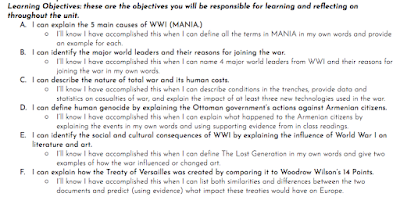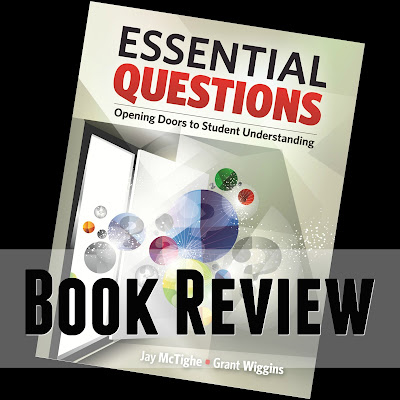Planning with the New California Framework
I love our history department and I love how committed my colleagues are to creating engaging lessons for our students. Recently, I've been working with my department on how best to approach the three massive documents California Social Science teachers are supposed to incorporate in their classrooms. This slide deck reviews how I approach the new California Framework and the existing California State Standards. What I have found most useful are these planning sheets ( Grade 8 , Grade 10 ) I use when working through what I've used in the past and comparing it to what the Framework asks teachers to now focus on. I plan to create another deck with resources on how to mix the framework, content standards, and the CCSS Literacy Standards but for now feel free to check out this deck ! It works kind of like a Hyperdoc so feel free to click the links and engage in the activities.




